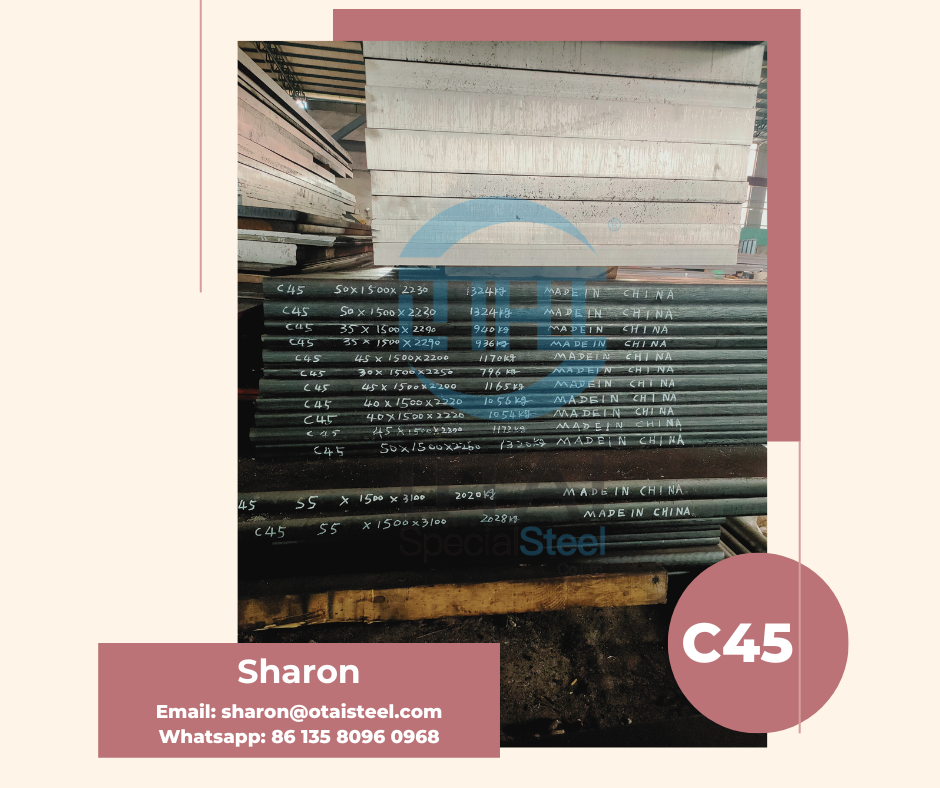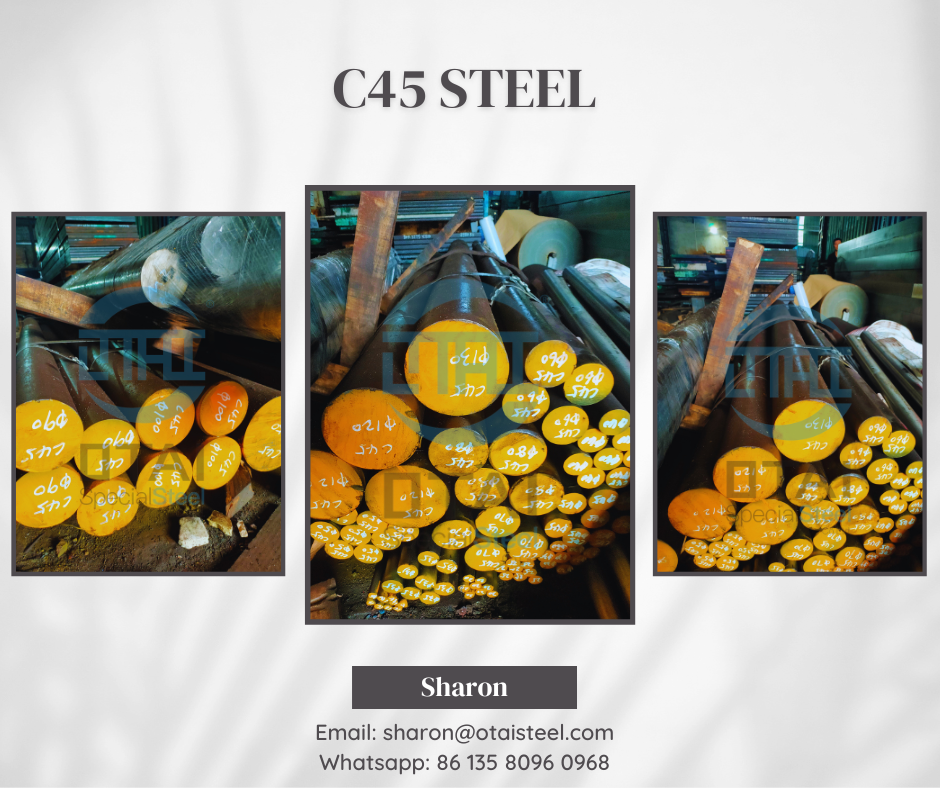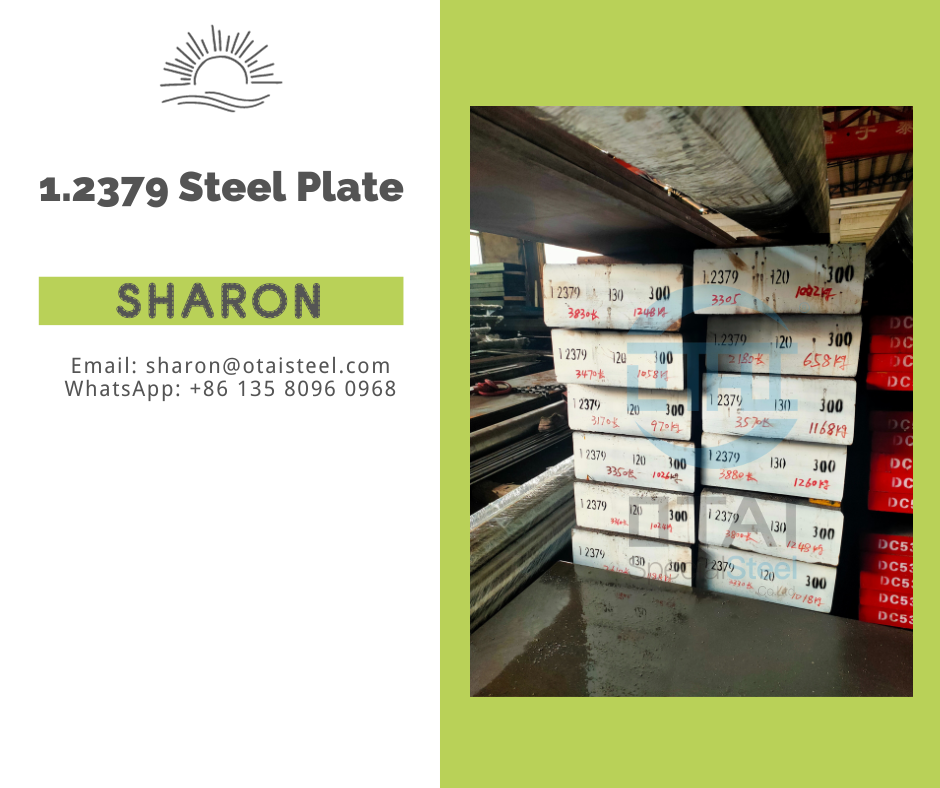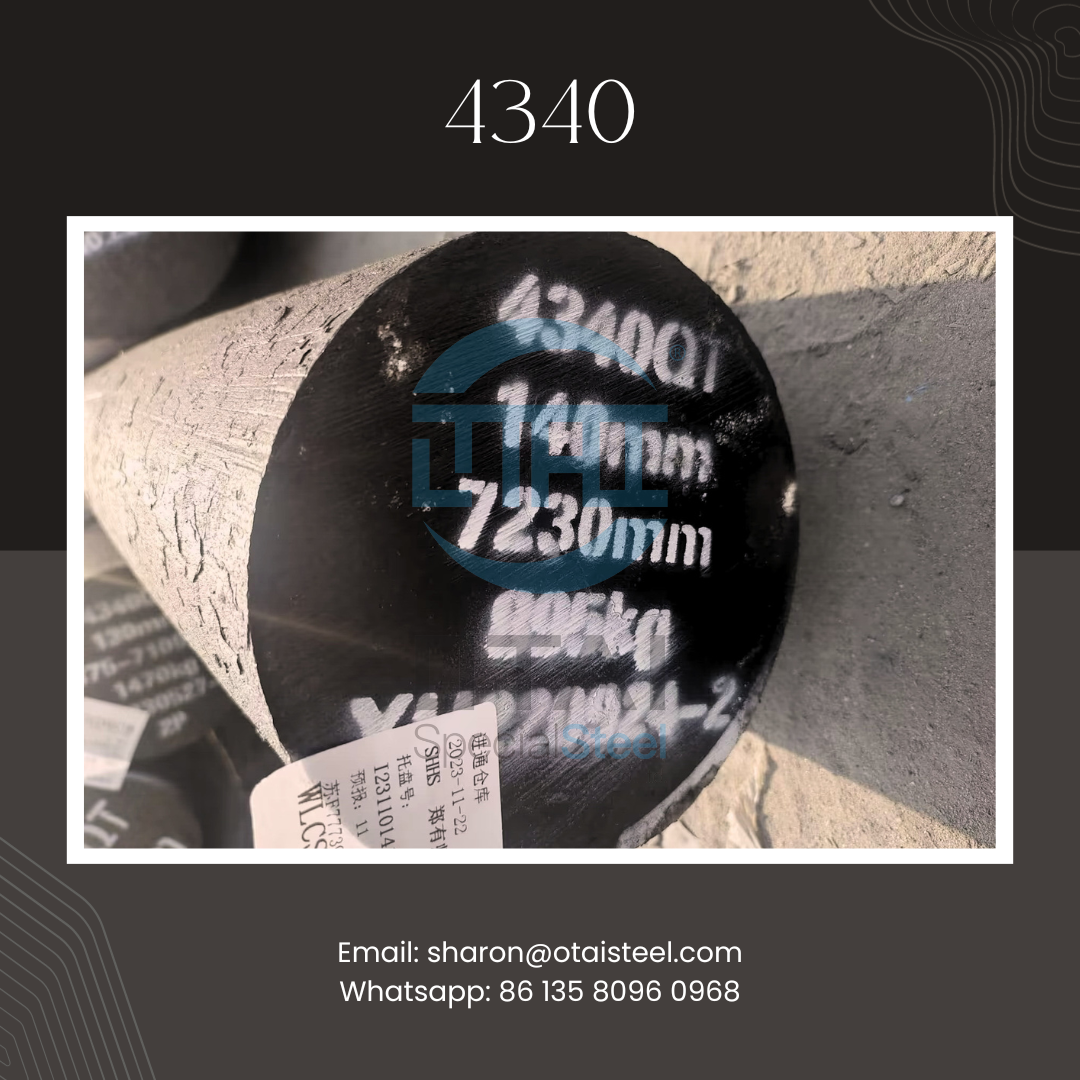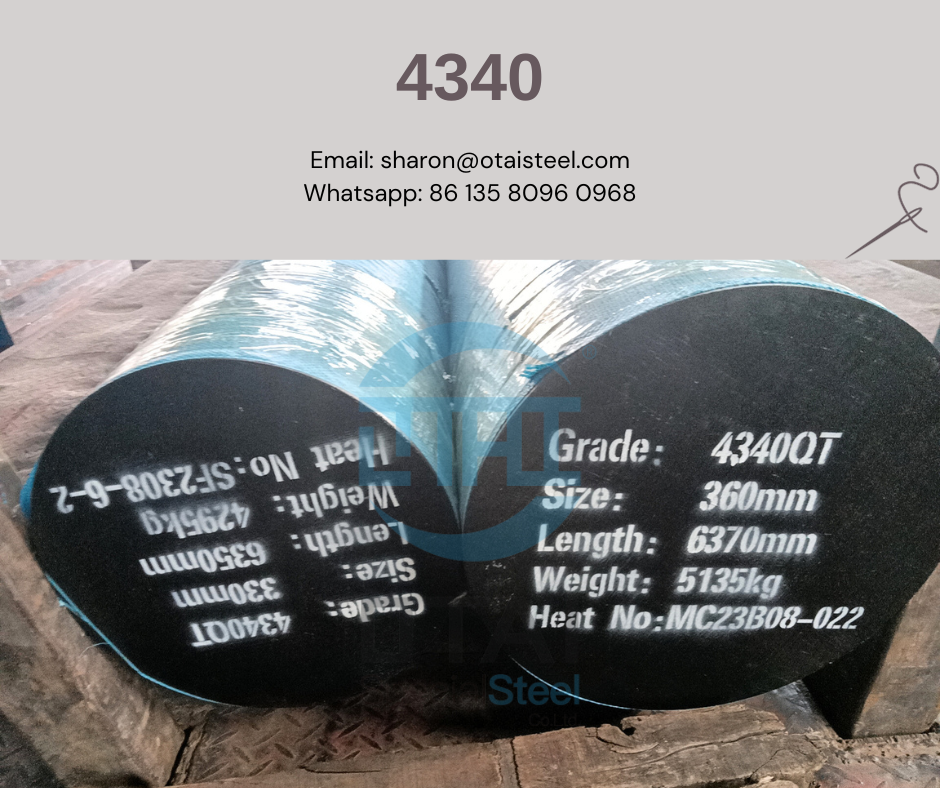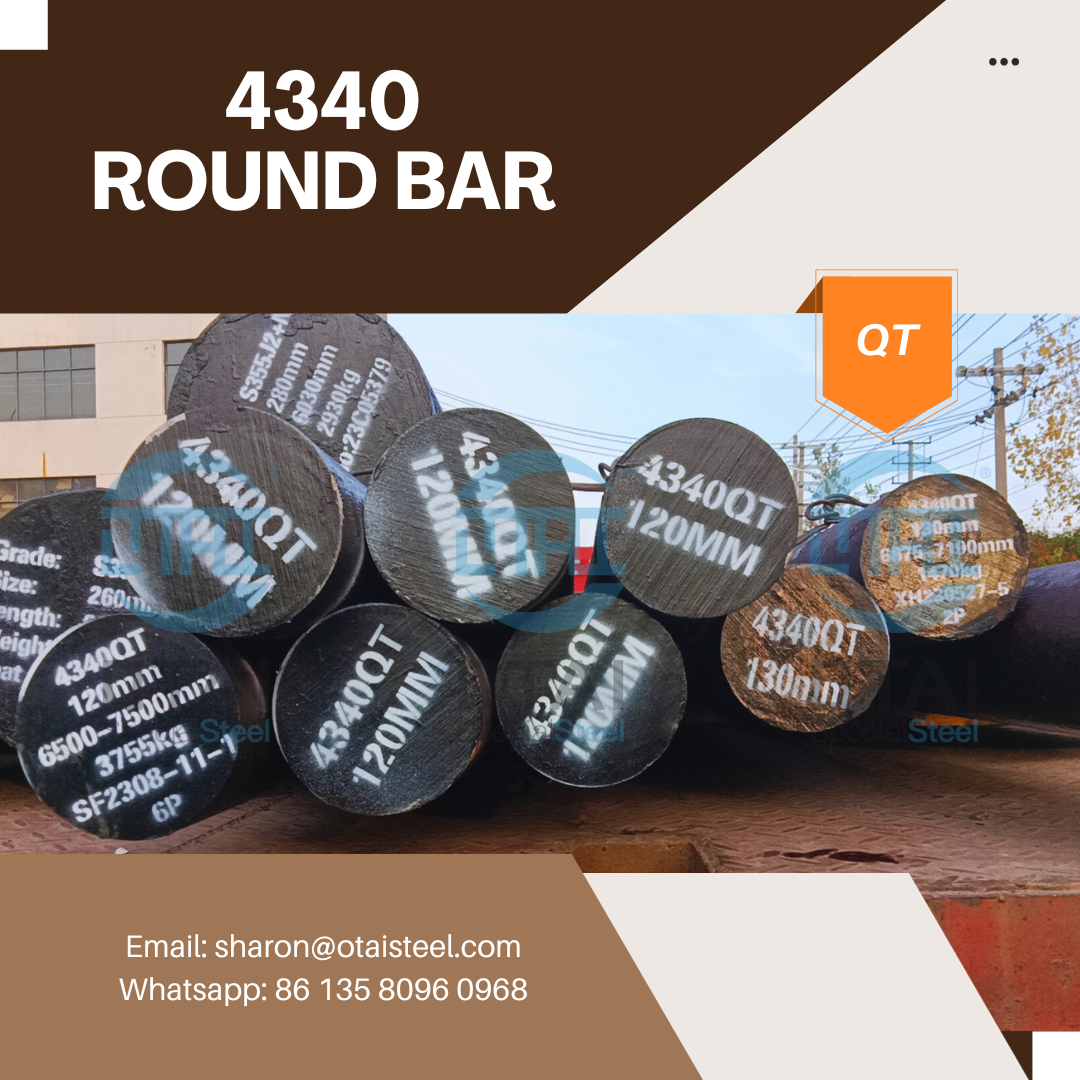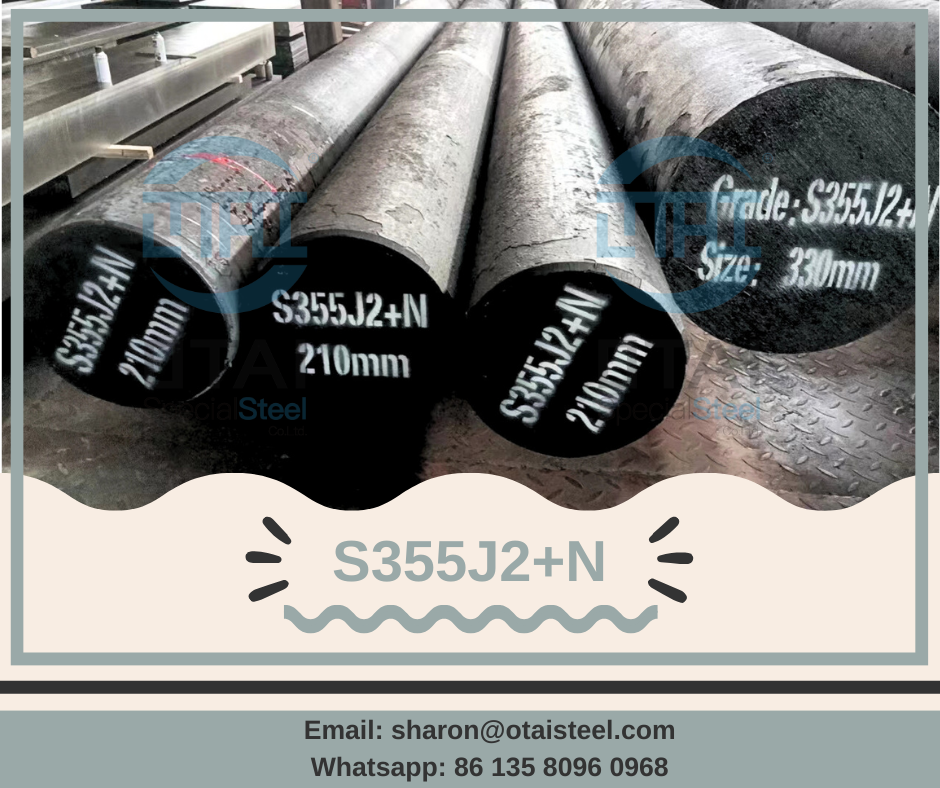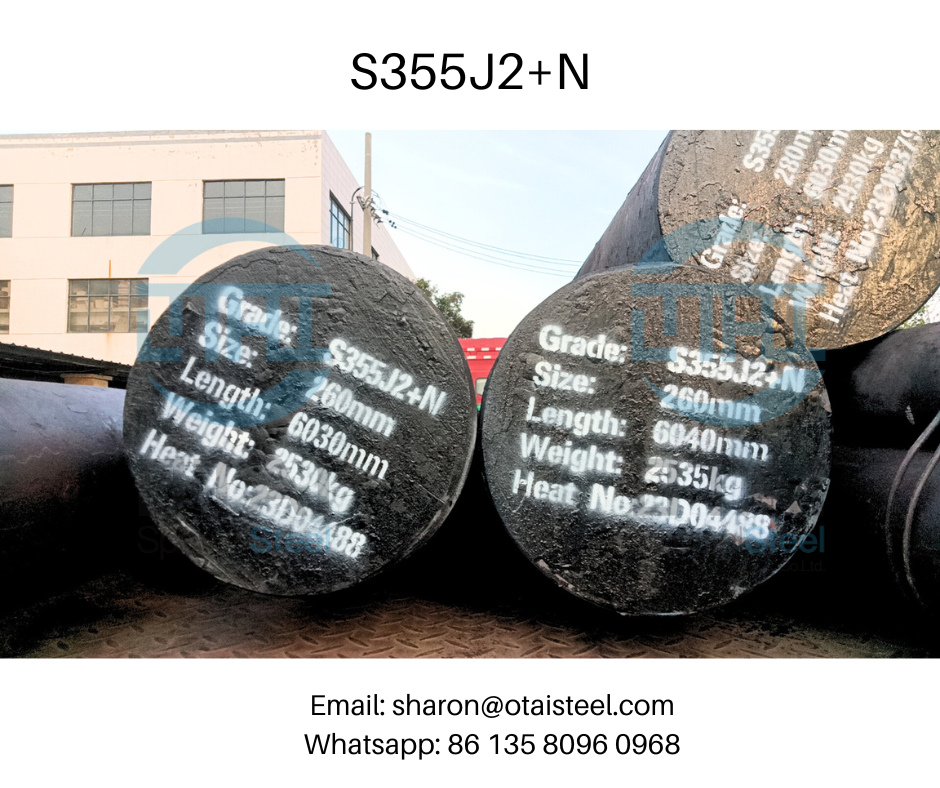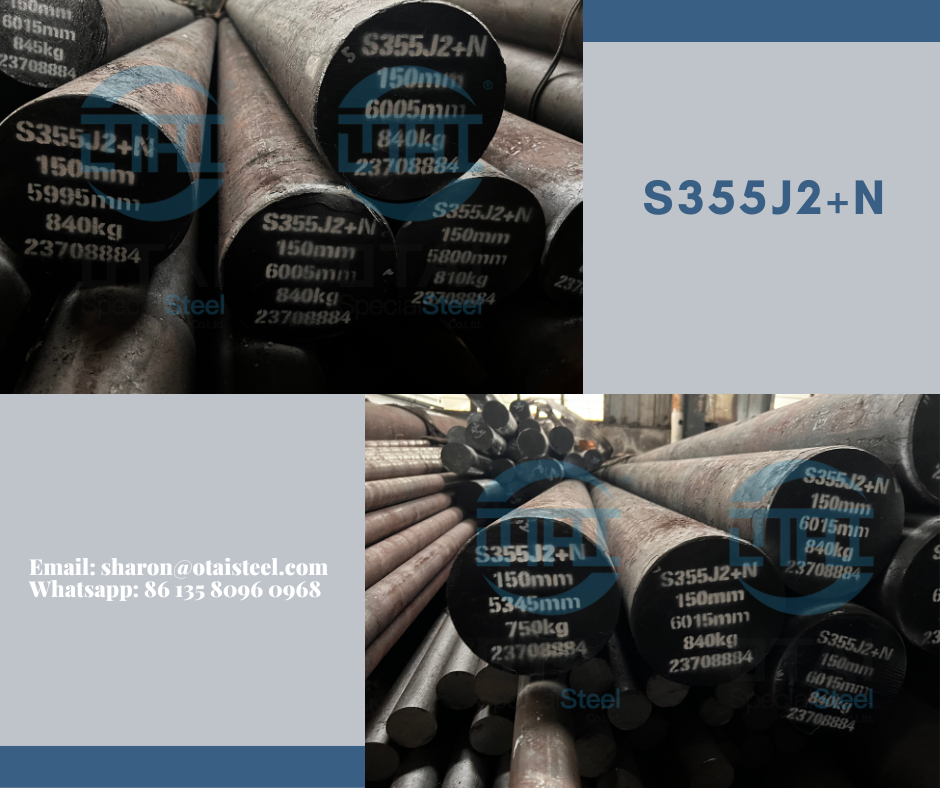In the realm of steel materials, C45 steel stands as a paragon of strength and resilience. Its hardness, a crucial attribute, sets the benchmark for durability in various applications. As a technical expert in steel materials, let’s delve into the intricacies of C45 hardness and explore why it’s a cornerstone in the engineering landscape.
Understanding C45 Steel Hardness
C45 steel, a medium carbon steel grade, possesses a distinctive hardness that makes it a preferred choice in demanding environments. The hardness of C45 is primarily attributed to its carbon content, which falls within the range of 0.42-0.50%. This composition results in a robust microstructure, enhancing the steel’s ability to withstand mechanical stress and abrasion.
Factors Influencing C45 Steel Hardness
1. Carbon Content
The carbon content plays a pivotal role in determining C45 hardness. A balanced proportion ensures optimal hardness without compromising other essential properties.
2. Heat Treatment
Heat treatment processes, such as quenching and tempering, further refine C45 hardness. Proper heat treatment is akin to fine-tuning, optimizing the steel’s hardness for specific applications.
Applications of C45 Steel Hardness
C45 steel’s formidable hardness renders it indispensable in diverse applications, including:
- Manufacturing Tools: C45 serves as the backbone for tool production, providing the necessary toughness and hardness for cutting, shaping, and forming materials.
- Machine Components: In the machinery realm, C45 steel finds its place in critical components that demand high wear resistance and durability.
- Automotive Engineering: C45 steel’s hardness makes it a preferred choice for manufacturing gears, shafts, and other automotive components subjected to intense stress.
Achieving Optimal Performance: C45 Steel and Hardness Synergy
To harness the full potential of C45 hardness, it’s imperative to understand the synergy between material properties and application requirements. A judicious balance ensures longevity and performance, making C45 steel a stalwart in the metallurgical landscape.
